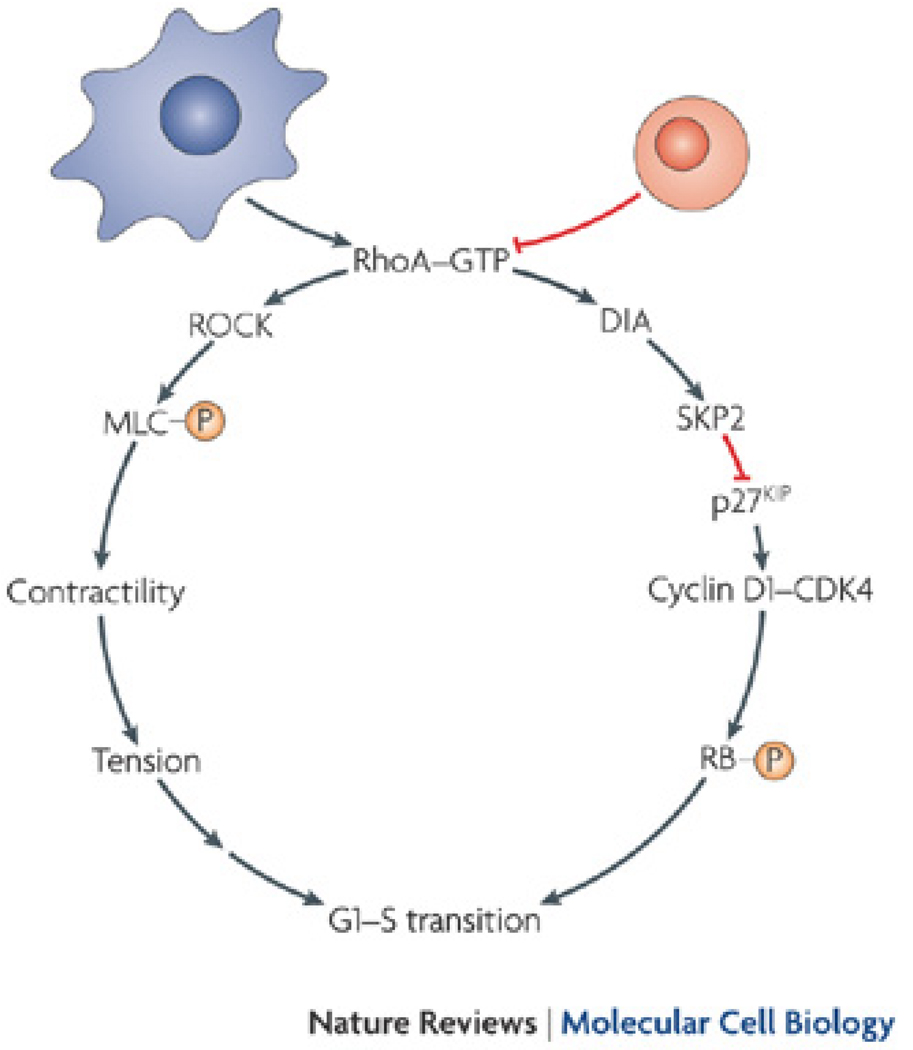Figure 2. Cell shape regulates proliferation through the small GTPase RhoA.
Restricting cell spreading decreases proliferation through the regulation of RhoA activity. RhoA promotes G1/S phase transition and cell proliferation through two pathways. First, the RhoA effector, ROCK, increases myosin light chain phosphorylation to generate cellular contractility. This generates tension in the cell, which is required for proliferation 57, 58. Second, the RhoA effector, mDia, activates Skp2 to inhibit p27kip. Since p27kip can no longer degrade the cyclin D1/cdk4 complex, the complex is free to phosphorylate Rb, leading to G1/S phase transition 55, 56. Because restricting cell shape decreases RhoA activity in some cell types, these two pathways are not activated. Without contractility and tension generation and Skp2 activity, G1/S phase transition is blocked and proliferation is reduced.

